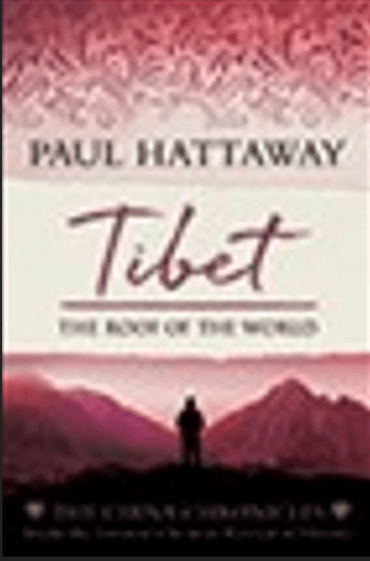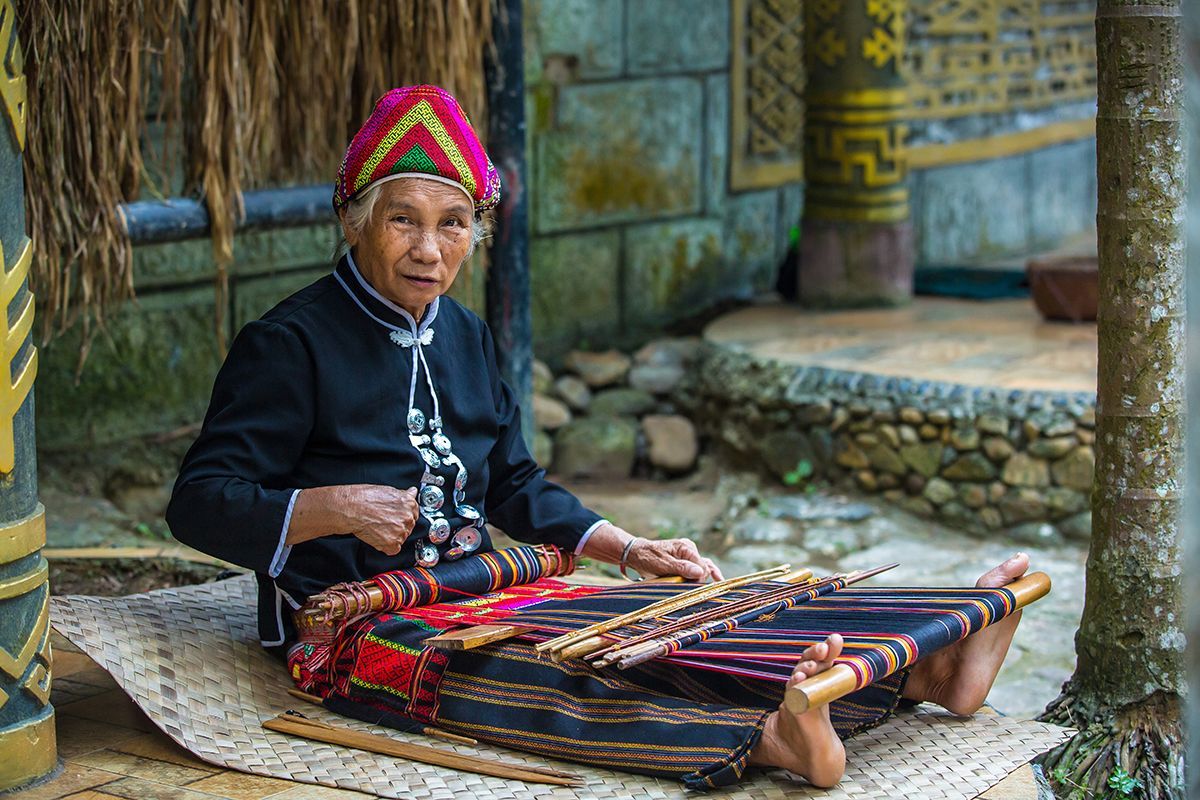1940s Tibetan work
The Borden Memorial Hospital

Part of the Borden Hospital, where hundreds of Amdo Tibetans heard the gospel.
Lanzhou, the capital of Gansu Province, was the site of a wonderful Christian hospital that served the people from 1934 until it was taken over by the Communists in 1949. The hospital was named after a young American missionary, William Borden, whose family had made millions of dollars mining silver in Colorado. He offered his life for missionary service in northwest China, and was studying Arabic in Egypt en route to China when he was struck down with congenital meningitis and died at the age of 25.
Although the young man never made it to his desired destination, his will had set aside a large sum of money, which was used to construct the Borden Memorial Hospital at Gaolan, just north of Lanzhou.
Although the hospital mainly catered to Han Chinese and Hui patients, a steady flow of Amdo Tibetans also came for treatment, and over the years hundreds who arrived in Lanzhou for physical care were also presented with the gospel. Soon, the Christians had gained an excellent reputation among the Tibetan people, and many hearts that had formerly been hesitant were now open to the claims of Christ.
The most lowly and despised members of society at the time—people suffering from leprosy—also heard about the hospital and came in their desperation to seek help from the missionaries. When they heard that Jesus Christ loved lepers and wanted to grant them eternal life, many Tibetan stricken with this disease repented of their sins and placed their trust in the Savior. It was reported in 1935:
"Lepers are coming in such numbers now from Tibet that we have had to seriously consider not receiving them because of shortness of funds. After discussion in our business meeting, it was decided that we could not do this, and so they are still coming. Some of the most sincere Christians among them have died within the last few months, but we praise God that their place is being taken by others, for 12 have just confessed the Lord."[i]
Christian outreach among the Tibetan lepers enjoyed sustained success, with a visitor to one of their church services reporting in 1950:
"The fervor and reverence the leprosy patients produced and the accuracy with which they recited Scripture portions from memory showed unmistakably that to many of them these things were real, more real than their deformities and aching leprous bones. Some have found refuge in Jesus, and will be granted free and glorious entrance to the streets of the New Jerusalem. Others of them still resist their only hope of salvation, proudly going their own way, in danger of becoming outcasts from heaven itself."[ii]
Many Tibetan nomads arrived at the hospital seeking treatment for goiters, some of which grew to an enormous size around their necks. This affliction affected many nomads because of their smoky, unventilated tents, and the lack of iodine or fruit and vegetables in their diets.
The People's Liberation Army took control of Lanzhou in August 1949, and the Borden Hospital was taken over. Much frustration was felt by the missionaries, as they believed they were on the cusp of a great breakthrough among the Tibetans when the Communists brought a sudden end to their work. Although it only functioned for 15 years, the facility had made an impact on the lives of thousands of people, healing their physical ailments and meeting their spiritual needs.
Most of the missionaries associated with the hospital evacuated to the coast, but Dr. Rupert Clarke was placed under house arrest by the Communists and accused of manslaughter for failing to save the life of a dying man.
The End of the Missionary Era
At Hualong, on the Amdo frontier, a new 12-bedroom mission hospital had been constructed exclusively to treat Tibetans. News of the facility spread far and wide after a living Buddha, "with his entire encampment, arrived with 50 men requiring treatment and 40 needing operations."[iii]
Visitors to the Hualong Hospital included a sorcerer of the Bon religion. This man sought help for his wife La Mou, who was suffering from two large internal cysts, one ovarian and the other in her liver. One of the missionary-doctors recalled what happened during the woman's recovery after the surgeries:
"We gave the sorcerer gospel literature in his own language, and he seemed really interested. I often saw him sitting by his wife's bedside poring over these tracts and Gospels, or reading them aloud to her and to the other Tibetan women in the ward....
Every morning, before the doctor began his round, there was a short Chinese service in the ward. Sometimes more than half of the patients in this ward were Tibetan and they may have understood very little of the service, but La Mou used to sit up most reverently and try to join in the hymns....
Before La Mou and her husband returned to their home far away on the grasslands of Qinghai, she said she was going to be a Christian. Alas, one knows that back in their own country, Tibetan converts are almost certain to meet a persecution of such fierce intensity that few have come through it alive."[iv]
The Hualong Hospital was also shut down by the atheist Communists, who despised all religion and saw no value in keeping the Christian facility open.
The Evangelical missionary era in Amdo, which had started with George Parker more than 70 years earlier, was rapidly coming to a close. In 1950, in a sign of things to come as the baton was transferred from foreigners to the Chinese Church, a group of Chinese Christians shared the gospel in Labrang with great power, "resulting in 20 professions of faith. The event was so newsworthy that it was reported by Tibetans in India."[v]
The era concluded with great joy, however, when two sets of married CIM workers—George and Dorothy Bell of Canada; and Norman and Amy McIntosh of New Zealand—baptized two Tibetan women who possessed a true faith in Jesus Christ.
The Bells had been on the mission field since 1927, and the McIntosh family since 1936, but after much sweat and prayers these faithful servants of Christ had finally seen their first Tibetans became children of God. A few years later, Amy McIntosh wrote a booklet entitled Daughter of Tibet: The Story of Drolma,[vi] which was a gripping tale of how the Tibetan woman had accepted Christ.

© This article is an extract from Paul Hattaway's book ‘Tibet: The Roof of the World’. You can order this or any of The China Chronicles books and e-books from our online bookstore.
[i] D. Vaughan Rees, "Visits from High and Lowly," China's Millions (March 1935), p. 53.
[ii] Keith Cameron, "Lanchow: Medical Outpost of Central Asia," China's Millions (March 1950), p. 28.
[iii] Lyall, A Passion for the Impossible, p. 144.
[iv] H. D. Laycock, "The Sorcerer's Wife," China's Millions (September-October 1948), p. 53.
[v] Lyall, A Passion for the Impossible, p. 144.
[vi] Amy McIntosh, Daughter of Tibet: The Story of Drolma (London: China Inland Mission, 1951). McIntosh also wrote a 50-page booklet entitled A Tale of Tibet: The Man in the Sheepskin (London: China Inland Mission, 1950). Although these stories were based on fictional Tibetan characters, they were nevertheless an accurate portrayal of the missionaries' struggles and victories as they endeavored to reach out to Tibetans in Qinghai. These two booklets are extremely difficult to find today.




